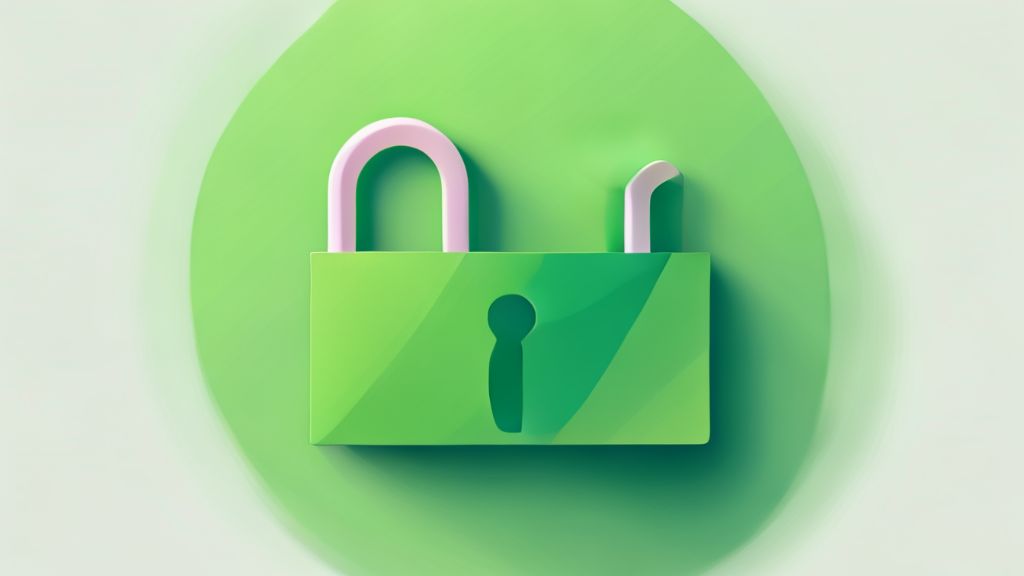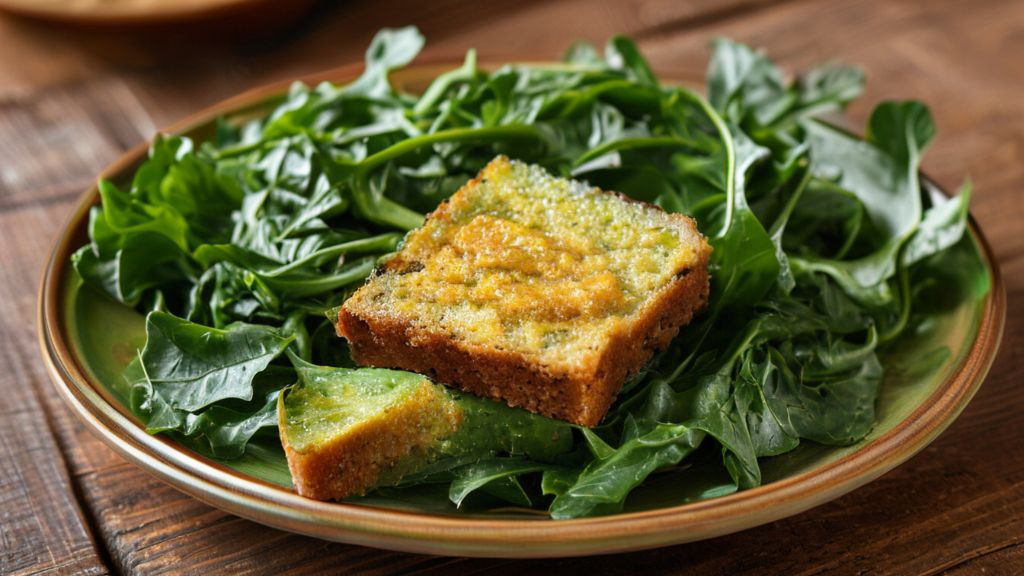Can ChatGPT Really Turn100into100 into100into$100 into $10,000 in Trading? Let’s Find Out!
Can ChatGPT Really Turn 10,000 in Trading? Let’s Find Out!
1. Asking ChatGPT for a Trading Strategy: What Did It Say?

You know, I recently had a wild idea: what if I asked
That’s where things got interesting. I realized I needed to be more precise with my query . I asked it to craft a strategy using a trending AI-based TradingView indicator called
2. The Core Indicators: What Makes This Strategy Tick?

So, let’s talk about the secret sauce behind this strategy, shall we? It all hinges on three fantastic, and best of all, free tools available on TradingView . First up is the
What’s great about this one is that it doesn’t repaint, meaning the signals stay put once a candle closes, giving you valid trade signals . It’s also super easy to read, simply printing blue labels for buys and pink ones for sells . The opacity of these labels even gives you a hint about the signal’s strength . But here’s the thing, you can’t rely on this indicator alone; it can give false signals . That’s where our next indicator comes in, the
Finally, to really confirm our trades,
3. The Entry and Exit Rules: How Do You Actually Trade This?

Okay, so you’ve got the indicators set up. Now, let’s get into the nitty-gritty: how do you actually put this strategy into action? For a long trade, you need a few things to line up . First off, the price has to close above the 200 EMA, and the
Now, about managing that trade. You’ll set your
During that pullback for a short trade, the
4. The Results: Did It Really Make That Much Profit?
Alright, the moment of truth! After going through the setup and the rules, you’re probably wondering, “Did it actually work?” I ran a backtest with this strategy on Ethereum’s 3-minute timeframe . Starting with that initial 19,527 ! It’s pretty incredible, right?
What’s interesting is that the win rate for this strategy wasn’t even the highest compared to others I’ve tested . So, how did it manage such a massive profit percentage? Here’s the counterintuitive bit: this strategy involves a slightly higher risk per trade than you might usually see . Instead of the typical 2%, the risk per trade was set at 5% . Now, I know what you might be thinking – higher risk means higher drawdowns, and that’s true . But it also opens the door for significantly higher rewards .
I’m definitely not saying you should risk 5% on every trade, especially if you have a larger account . However, if your main goal is to rapidly grow a small trading account, this level of risk might be suitable . The key takeaway here isn’t just the huge profit number; it’s understanding how





